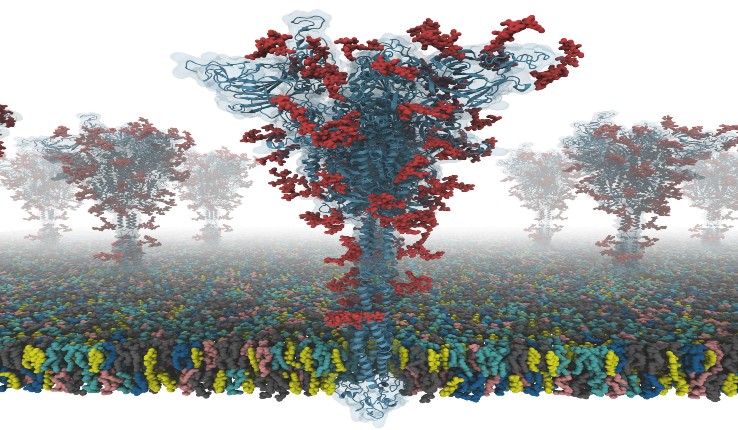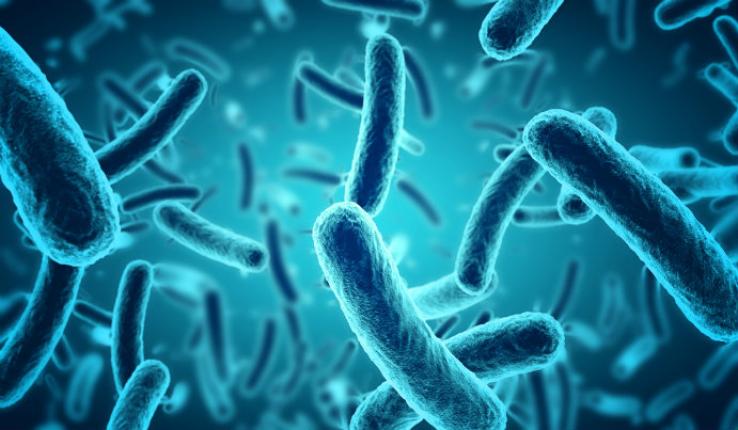Wired Italia featured Wonpil Im, professor of bioengineering, in the article "Coronavirus, the first complete and open source model of the spike protein arrives."
The virus SARS coronavirus 2 (SARS-CoV-2) is the known cause of coronavirus (COVID-19). The “spike” or S protein facilitates viral entry into host cells. Researchers from Lehigh University, Seoul National University in South Korea and the University of Cambridge in the UK have produced open source models of the spike protein that contain all the components and atoms of this protein. The researchers say this is of particular importance because the S protein plays a central role in viral entry into cells, making it a main target for vaccine and antiviral drug development.
"Our work provides the first models, available to all scientists, of the entire spike protein of the fully glycosylated Sars-Cov-2 virus," said Im.
Scientists can use the models to conduct innovative and novel simulation research for the prevention and treatment of COVID-19, according to Im.
The full article can be read on the Wired Italia website.





